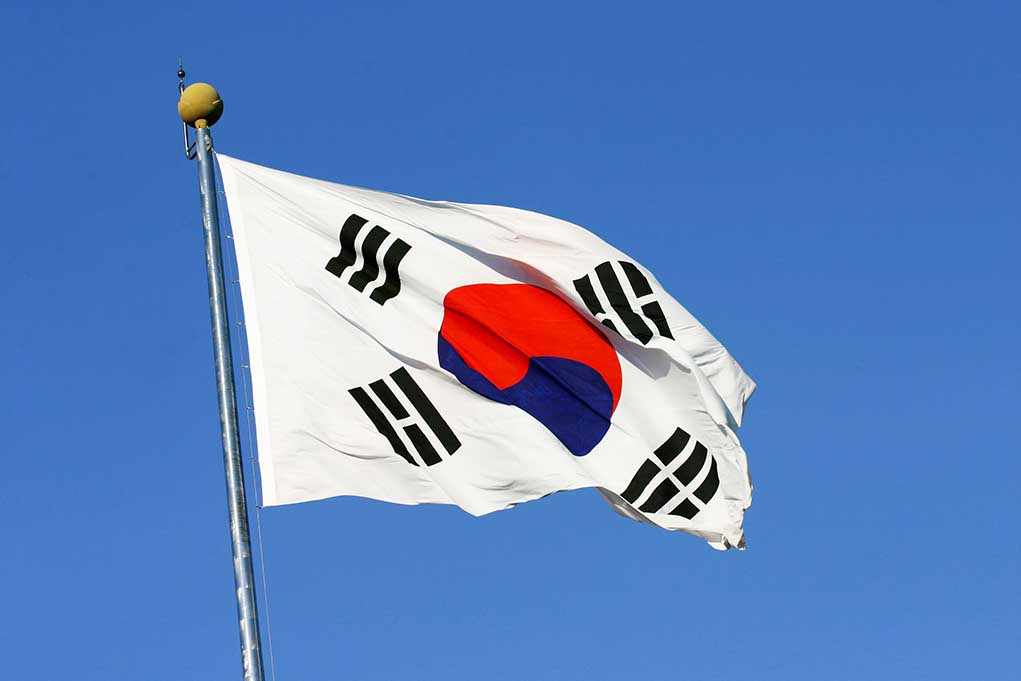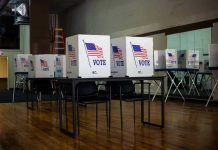
Washington just drew a hard red line: no shipbuilding deal with South Korea unless Seoul backs America’s battle to push back against China’s growing dominance — and the clock on new tariffs is ticking down fast.
At a Glance
- The U.S. is demanding South Korea join its China containment strategy as a condition for any shipbuilding alliance.
- President Trump has slapped a 25% tariff threat on South Korean imports, effective August 1 if no deal is struck.
- South Korea is caught between protecting its export-driven economy and risking tensions with China.
- Negotiations hinge on shipbuilding cooperation and broader trade concessions, with no agreement finalized yet.
U.S. Leverages Tariffs to Force South Korea’s Hand Against China
President Trump has once again shown the kind of negotiating grit that’s been missing for years in Washington. On July 7, he announced a 25% tariff on South Korean imports, set to hit on August 1 if South Korea doesn’t play ball. And what’s the price of avoiding those tariffs? South Korea must climb on board the U.S. strategy to put the brakes on China’s takeover of global shipbuilding. The message is clear: America’s open for business — but only with partners who back our play against Beijing’s expansion into every critical industry known to man.
South Korea, never one to relish a standoff, sent Trade Minister Yeo Han-koo to Washington for high-stakes talks. The elephant in the room: Washington’s demand that shipbuilding cooperation is off the table unless Seoul publicly aligns with American efforts to contain China. Chang Sung-gil, Korea’s top trade official, didn’t mince words: “The prerequisite for the shipbuilding cooperation is South Korea’s participation in Washington’s efforts to contain China.” The U.S. isn’t asking for vague promises or “dialogue.” They want South Korea firmly on America’s side in an economic cold war that’s heating up by the day.
South Korea’s Dilemma: U.S. Alliance or Chinese Markets?
South Korea’s position would be almost comical if it weren’t so high-stakes. On one hand, the U.S. is its military guardian and top trade partner. On the other, China buys up Korean goods by the boatload. South Korean shipbuilders — world leaders until Beijing flooded the market with subsidized ships — want U.S. cooperation to fend off China’s relentless march. But Seoul knows poking the Chinese dragon could cost it billions in lost business and spark a Beijing backlash. It’s a classic case of wanting to have your cake and eat it, too — but Washington’s fresh out of patience for fence-sitters.
Previous U.S. administrations dithered, but Trump’s team is laying it out in plain English: no more free rides. If South Korea wants tariff relief and access to U.S. shipbuilding markets, it better show up as a true ally, not just a fair-weather friend. The U.S. has a long memory — and so do American workers who’ve watched their jobs shipped overseas while China and its proxies cash in on Washington’s weakness. This time, the leverage is real, and the deadline is looming.
The Stakes: Shipbuilding, Trade, and the Future of U.S. Industry
The broader picture is nothing short of a global economic chess match. America’s shipyards — once the envy of the world — have been gutted by years of neglect, regulation, and, yes, foreign competition subsidized by their governments. China now controls the world’s shipbuilding industry, and the Pentagon is sounding alarms about the risk this poses to both our economy and national security. RAND analysts and industry experts agree: America can’t fight this battle alone. It needs allies like South Korea and Japan, but those alliances don’t come cheap or unconditional.
If South Korea takes the deal, the U.S. could see a renaissance in shipbuilding, with new investment, technology sharing, and jobs returning to American shores. But make no mistake: the deal also means South Korea risks China’s wrath and its own economic pain. If talks fail and tariffs hit, Korean exporters — especially in autos, steel, and shipbuilding — take the blow, and the U.S. sends a signal to the world that it’s done being played for a sucker. Either way, the old order is dead, and a new era of “America First” alliances is taking shape.
All Eyes on August: Will Seoul Stand with Washington or Waffle?
The coming weeks will show whether South Korea has the backbone to stand with the U.S. and face down China’s bullying, or whether it folds under pressure. Negotiations continue, but as of July 14, no deal has been reached. Meanwhile, U.S. shipbuilders and workers — and a public tired of watching American power erode — wait to see if Trump’s tough line will finally deliver results or if another ally will choose short-term profits over long-term principle. One thing’s certain: the days of America’s goodwill being taken for granted are over, and the rest of the world better get used to it.
Sources:
Ainvest: U.S. Encourages South Korea to Collaborate on Shipbuilding to Counter China’s Dominance
The Korea Herald: U.S. Links Shipbuilding Deal With South Korean Support of China Containment Policy
The Epoch Times: U.S. Links Shipbuilding Deal With South Korean Support of China Containment Policy
RAND Corporation: Why the United States, South Korea, and Japan Must Cooperate on Shipbuilding
Chinascope: U.S. Proposes Korea-U.S. Cooperation to Contain China in Shipbuilding











